Over the last few weeks we have introduced a number of our favourite Menswear design students from colleges throughout the UK and beyond. Having attended Graduate Fashion Week last week my blinkered eyes have opened up to a talented contingent of graduates from other disciplines. None more so than than the finalists for the Hammerson Fashion Innovation Award which all graduated from the UCA Epsom. Now, I am fascinated by the different perspectives on what the future holds for traditional print magazines. Be it the rise of fanzines or the evolution towards mooks, the magazines that have provoked a collective sense of ennui in recent times with either evolve or die.
The Hammerson Fashion Innovation Award restores my faith in the future of fashion journalism. One of my favourite finalists was Lewis Chong who was nominated for a magazine project based on augemented reality, Binary. In his editor's letter, Chong describes the seductive, tactile nature of paper and mentions how this has often been a stumbling point for the new wave of digital magazines. His solution uses the ingenious method of augmented reality as access points to the content, both in fun and easy sticker form and in limited edition digitally printed polo shirts, allowing Binary to combine the physical with the virtual (a demonstration video can be viewed here). Here we talk to the talented graduate to learn more about his project, his thoughts on the industry and his hopes for the future...
The Hammerson Fashion Innovation Award restores my faith in the future of fashion journalism. One of my favourite finalists was Lewis Chong who was nominated for a magazine project based on augemented reality, Binary. In his editor's letter, Chong describes the seductive, tactile nature of paper and mentions how this has often been a stumbling point for the new wave of digital magazines. His solution uses the ingenious method of augmented reality as access points to the content, both in fun and easy sticker form and in limited edition digitally printed polo shirts, allowing Binary to combine the physical with the virtual (a demonstration video can be viewed here). Here we talk to the talented graduate to learn more about his project, his thoughts on the industry and his hopes for the future...
SS: What was the driving catalyst for Binary magazine?
Lewis Chong: As much as I love printed magazines, I wanted something else with Binary. A few ideas where thrown about then I started looking at augmented reality and realised it would be the perfect device, and the interactivity does compensate somewhat for the loss of paper.
SS: What's to become of the magazine?
Lewis Chong: There is a whole investigative feature in Binary about what's to become of the magazine. To be honest, it's pretty hard to try suggest what the future holds but we can have an educated guess. The amount of jobs or opportunities around now for graduates, apart from internships, is pretty bleak so people need to get together and start new ventures. The popularity and power of the internet is incredible and I think it's only going to develop further.
Lewis Chong: As much as I love printed magazines, I wanted something else with Binary. A few ideas where thrown about then I started looking at augmented reality and realised it would be the perfect device, and the interactivity does compensate somewhat for the loss of paper.
SS: What's to become of the magazine?
Lewis Chong: There is a whole investigative feature in Binary about what's to become of the magazine. To be honest, it's pretty hard to try suggest what the future holds but we can have an educated guess. The amount of jobs or opportunities around now for graduates, apart from internships, is pretty bleak so people need to get together and start new ventures. The popularity and power of the internet is incredible and I think it's only going to develop further.
SS: You mention that you've grown tired of magazines but that hasn't always been the case. What were the magazines that you just had to buy each month, quarterly or biannually? Which magazines have you loved over the years? Are there any today that still excite and inspire you?
Lewis Chong: As I specialised in fashion journalism I've always tried to read a wide variety of publications. My first real love was POP magazine when it was under Katie Grand. It had never even crossed my mind before that fashion, style and writing could combine in such a way. That's why I was especially pleased when Katie said she would contribute to Binary.
Lewis Chong: As I specialised in fashion journalism I've always tried to read a wide variety of publications. My first real love was POP magazine when it was under Katie Grand. It had never even crossed my mind before that fashion, style and writing could combine in such a way. That's why I was especially pleased when Katie said she would contribute to Binary.
Generally, the magazines I tend to buy are Italian Vogue and V magazine for the visuals, Fantastic Man and Hercules for the men's fashion, National Geographic for the photography and New Scientist for the articles.
SS: Binary uses the ingenious method of augmented reality as access points to the content, both in fun and easy sticker form and in limited edition digitally printed polo shirts, allowing Binary to combine the physical with the virtual. What attracted you to this type of technology in particular?
Lewis Chong: What particularly interested me was its simplicity. The paper and the technology, it's almost like some sort of virtual origami.
Lewis Chong: What particularly interested me was its simplicity. The paper and the technology, it's almost like some sort of virtual origami.
SS: How did the collaboration with CSM MA student Shaun Sampson arise and how did the collaboration develop?
Lewis Chong: Shaun is a friend of mine, he has worked with the designer Jeremy Scott for a few years previously and he was the ideal designer to represent the magazine: he's young, ambitious, skilled and has a brilliant outlook on the world.
Lewis Chong: Shaun is a friend of mine, he has worked with the designer Jeremy Scott for a few years previously and he was the ideal designer to represent the magazine: he's young, ambitious, skilled and has a brilliant outlook on the world.
SS: With fashion, innovation and modernity in mind, the contents include a fabulous talk with Katie Grand on technology, a catch up with Kim Jones and Tim Blanks discusses conspiracy. For a debut issue the content is remarkable, made even more so by the fact that all written content was created by you. Talk us through the experience of creating Binary. What were the highlights?
Lewis Chong: The accumulation of my thoughts and ideas that were realised in the magazine was the best part about making it. Each interview in the magazine was done in person, to provide that intimate touch, and I am really thankful to everyone who contributed. It is not only the case that they are respected faces within the industry, they are intriguing individuals with insightful opinions. Binary definitely wouldn't of been the same without them.
Lewis Chong: The accumulation of my thoughts and ideas that were realised in the magazine was the best part about making it. Each interview in the magazine was done in person, to provide that intimate touch, and I am really thankful to everyone who contributed. It is not only the case that they are respected faces within the industry, they are intriguing individuals with insightful opinions. Binary definitely wouldn't of been the same without them.
SS: I'm going to appropriate one of the questions you asked Katie Grand....How well do you think fashion binds with technology?
Lewis Chong: The technology used to create the clothes we wear does develop. Better machines with better dyes using better operating systems, but I don't know, fashion and technology in my mind only seems to help create an image of how to make clothes even faster, even more mass produced and I don't think this is the way forward. The technology we have should be used to help personalise fashion again, with less of the dispensable, throw away notion we have now.
Lewis Chong: The technology used to create the clothes we wear does develop. Better machines with better dyes using better operating systems, but I don't know, fashion and technology in my mind only seems to help create an image of how to make clothes even faster, even more mass produced and I don't think this is the way forward. The technology we have should be used to help personalise fashion again, with less of the dispensable, throw away notion we have now.
SS: With the emergence of breathtaking fashion films and greater accessibility of fashion shows thanks to live feeds, we've seen a discernible shift in recent seasons. What has been your take on the approach of the large fashion houses? How do you see it developing?
Lewis Chong: I can only see the presence of the fashion film increase. As shows become more and more costly to produce, other options are bound to arise. Especially for more emerging designers, who cannot afford to present a collection or even compile a printed look book, will turn to the video. How long though before the medium has been over saturated?
Lewis Chong: I can only see the presence of the fashion film increase. As shows become more and more costly to produce, other options are bound to arise. Especially for more emerging designers, who cannot afford to present a collection or even compile a printed look book, will turn to the video. How long though before the medium has been over saturated?
SS: Finally, what next? What would you like to achieve in latter half of 2010 and beyond?
Lewis Chong: What's next? Hopefully I'm looking to produce another issue of Binary and hopefully publish some of my written work elsewhere.
Lewis Chong: What's next? Hopefully I'm looking to produce another issue of Binary and hopefully publish some of my written work elsewhere.
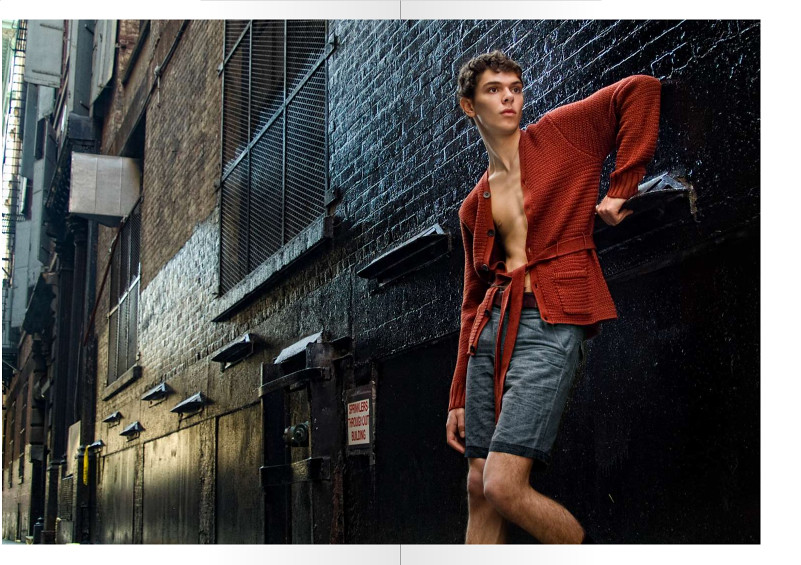 One of the three editorials, City Shorts.
One of the three editorials, City Shorts.----------
With the emergence of breathtaking fashion films and greater accessibility of fashion shows thanks to live feeds, we've seen a discernible shift in recent seasons towards technology. How magazines exist in the modern world is intriguingly uncertain. That said, I'm quite sure they will exist in a myriad of forms and will continue to be enjoyed by many.


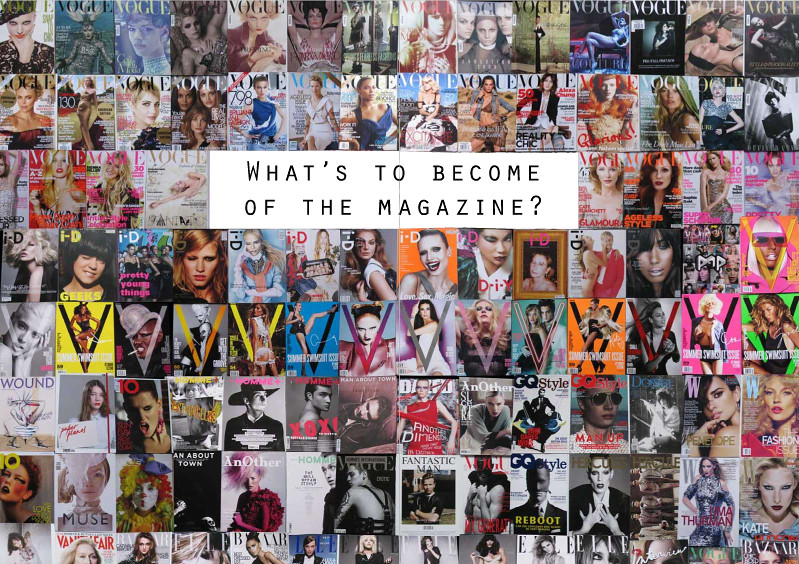

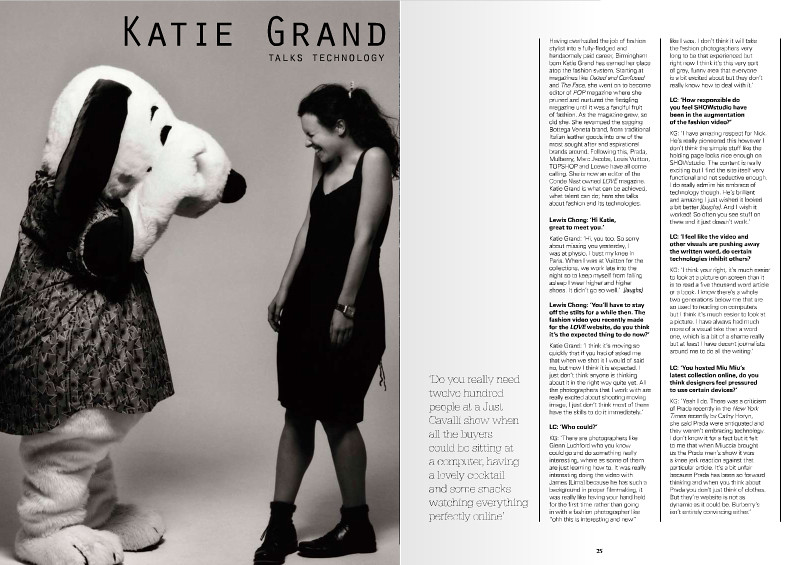

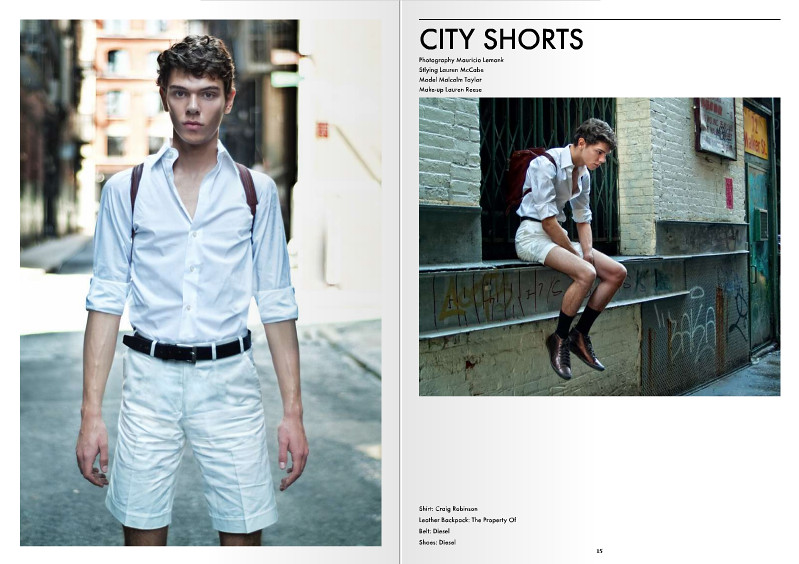
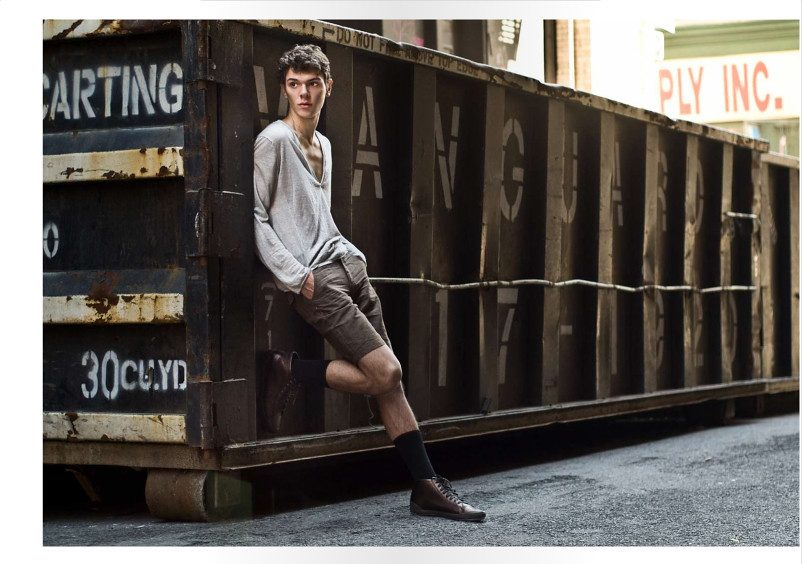
No comments:
Post a Comment